About the Artists
March 21, 2018Valerie Atkisson, Notation in Time
Kent Christensen, Salt Water Jetty
Jon Moe, Manhattan New York Temple
Kah Leong Poon, Christmas in Central Park
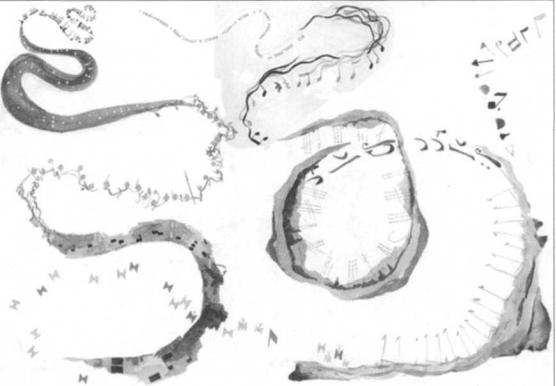
Valerie Atkisson, Notation in Time
Kent Christensen, Salt Water Jetty
Jon Moe, Manhattan New York Temple
Kah Leong Poon, Christmas in Central Park
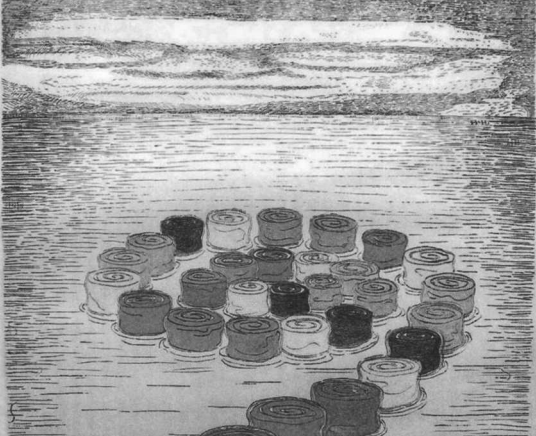
It is an elaborate experiment really, this Mormon Artists Group that I founded in 1999, seven years ago. In my interviews with the press, I have been saying that the number of LDS writers, painters,…

Over the course of a lifetime, I have had occasion to give thought to the question of why I continue to be an active, committed member of the Church of Jesus Christ of Latter-day Saints. It seems to have become more important during periods when official actions of the Church clashed with my expectations of how the Church should respond (for example, during the Civil Rights movement—especially around issues of denial of the priesthood to blacks; during the battle over the Equal Rights Amendment; during the Vietnam war; and for the past several decades over the Church’s treatment of homosexuals). The question of staying has also been raised at times when I have experienced deep pain because of the treatment by ecclesiastical leaders toward me and those I love.

The idea of starting a Mormon publication had certainly occurred to many before the appearance of Dialogue. It first surfaced in my mind in the 1950s. Richard O. Cowan was doing graduate work in history…
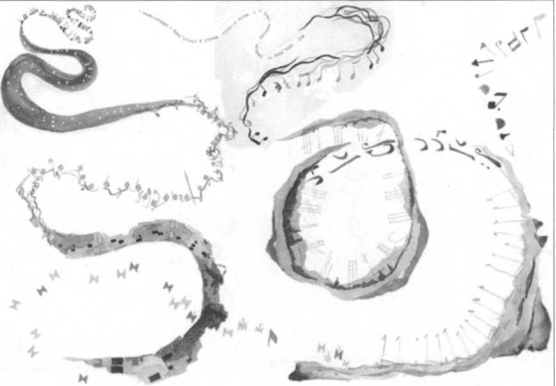
I well remember the spring and summer of 1965 when Gene England, Wesley Johnson, Paul Salisbury, Joseph Jeppson, and I got together to explore the idea of an unofficial Mormon publication. There were lively conversations culminating in a meeting at the Johnson home on July 11, where we voted to incorporate as a non-profit under the laws of Utah. The History Department at Stanford allowed us to use a portion of Wes’s office as our base—no rent, no utilities to pay. Dialogue: A Journal of Mormon Thought was the result. A lot has been written about that early history. However, there are a couple of things I see now that I didn’t clearly grasp then. First, I, for one, was a thoroughly pre-correlation Mormon. Second, the Church is not immune from the sober lessons of history.
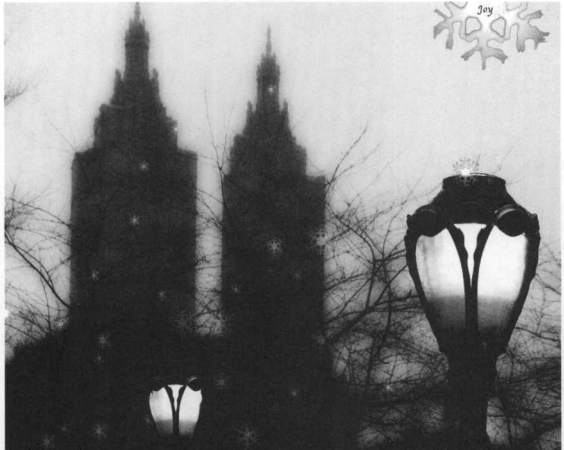
We are now celebrating forty years of continuous publication of this journal, quite a feat for an enterprise that was launched on a wing and a prayer. My purpose in this essay is to give a short background on my early interest in becoming an editor, how I wound up at Stanford, met Gene England and my other founding colleagues, how we developed a new publication over a six-year period (including our many trials and tribulations), the reaction to this enterprise, and how we transferred the journal to UCLA and created a mechanism that has provided an orderly transition for forty years. Also included is a concluding analysis of why I think Dialogue has more than lived up to the promise its founders hoped for.
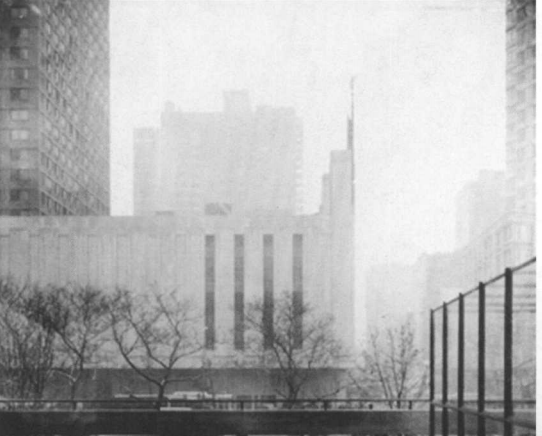
This article examines John T. Clark, a relatively little-known but influential figure in the rise of fundamentalism among the Latter-day Saints during the early twentieth century. By 1921, small groups of excommunicated polygamists had begun to congregate at homes, offices, industrial buildings, and even in open-air settings. While no identifiable leaders would emerge until the 1930s, these groups would eventually coalesce to form the fundamentalist movement. Several individuals, including Clark, became prominent within the informal gatherings, either because of their testimonies, convictions, publications, financial successes, or claims to priesthood authority. Clark is unusual, however, because he was apparently never a polygamist. Rather, it was his doctrinal unorthodoxy and creative theological speculations that distanced him from the official LDS Church and made him an appealing figure to others whose ideas included the continuation of post-Manifesto polygamy.
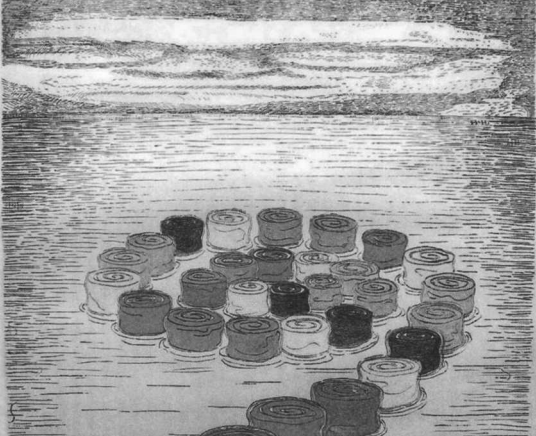
When Orson Pratt, apostle and LDS Church historian, revised the Doctrine and Covenants in 1876 at the direction of Brigham Young, he included Section 85 among some twenty-five other new sections. Section 85 is a portion of a letter written by the Prophet Joseph Smith at Kirtland, Ohio, on November 27, 1832. Presumably dictated by Joseph Smith to his scribe Frederick G. Williams, the letter was mailed to William Wine Phelps, a leading high priest and editor of the Missouri church’s newspaper the Evening and the Morning Star. It contained information concerning the efforts of Bishop Edward Partridge to implement the law of consecration amidst grumbling and disorder on the part of the Saints gathered there.

Early Mormonism is notable for a proliferation of angels, scriptural luminaries who visited the Prophet Joseph Smith and his close associates. These visitations not only established prophetic authority generally but were also often associated with specific innovations, rites, and doctrines. Thus, Moroni delivered the Book of Mormon, John the Baptist bestowed the lesser priesthood, and a triumvirate of Christian apostles granted the higher priesthood. Perhaps most important in this august pantheon is Elijah, the biblical patriarch who ascended living to heaven (was translated) as a reward for exemplary faithfulness. For early Mormons, Elijah shouldered a burdensome mission: to oversee LDS temple rites and integrate the human family into an organic whole, sealing up personal relationships against death.

Name Withheld, Shall I Go or Shall I Stay?
John D. Rice, Praise for Ford
Terence L. Day, A Neutered Dialogue?
Jeremy Grimshaw, More of a Novelty
Kevin Barney, Three Times Published